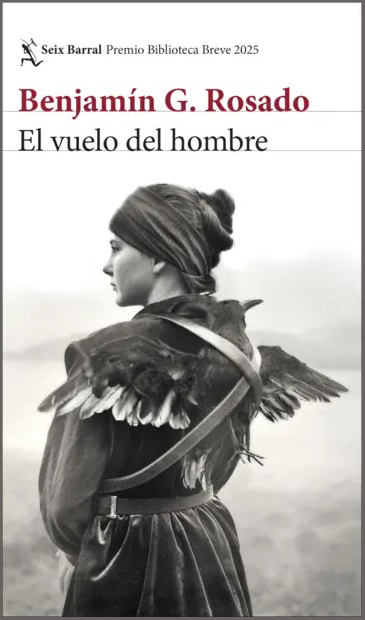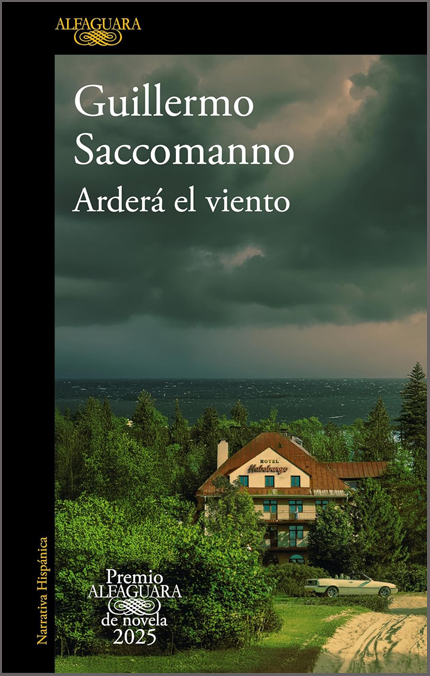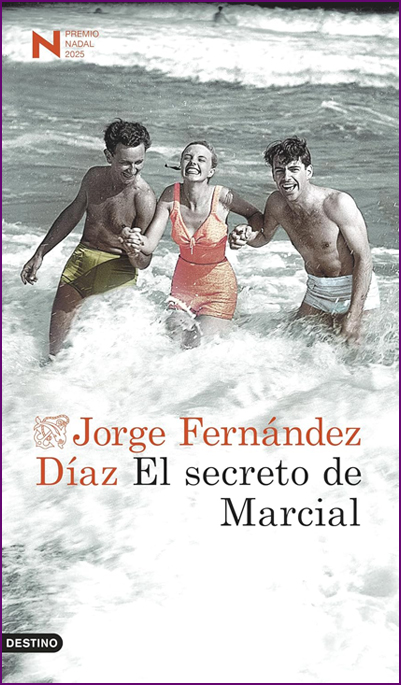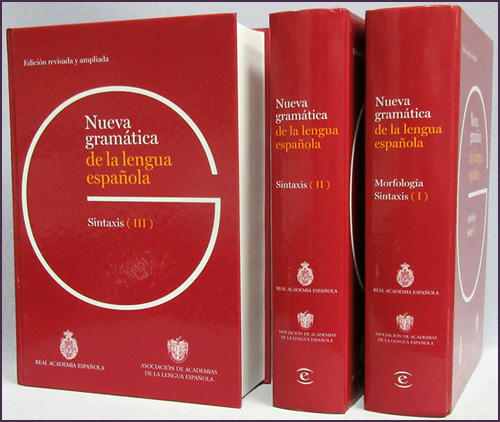Unhappily Ever After: Deceptive Idealism in Cervantes's Marriage Tales ∥ Kartchner, Eric J.
-----------------------------------
ISBN13: 9781588710758
-----------------------------------
サイズ: 15 x 23 x 1.1 cm
-----------------------------------
頁 数: 154 pgs.
-----------------------------------
装 丁: paper cover
-----------------------------------
出版社: Juan de la Cuesta
-----------------------------------
発行年: 2005
-----------------------------------
発行地: Newark
-----------------------------------
双書名: Documentación Cervantina, 22
追加情報: ※ 詳細PDFリンク
Description:
Unhappily Ever After explores the self-consciousness of Cervantes’s marriage tales. In Las dos doncellasone sees metafictional devices such as wordplay, names and naming, doubling, ironic discourse, and anawareness of the role of the narrator, among others. La ilustre fregona seems to be aware of the importanceof signs and interpretation of signs, of the creation and transfer of meaning. Intertextuality alsofigures prominently with playful references to Pedro de Urdemalas, to Lope de Vega, and to biblicalcharacters. Carnivalistic elements are displayed as the text draws attention to the similarities betweenand life and fiction. La se ora Cornelia is a story about how (not) to create a romance.
Multiple levels ofnarration complicate the structure of the novel, while at the same time, the authority of the storytellersis undermined by their actions. Ideal society is disrupted by a picaresque presence that threatens to breakdown narrative and social conventions. The similarities between the heroines of idealistic fiction and theanti-heroines of the picaresque are exposed. In La fuerza de la sangre, male violence and irresponsibilityare supplanted by female ingenuity and self-determination as Leocadia directs her own play, converting - apparently - a tragedy into a comedy. In La espa ola inglesa, both the narrator and the charactersundermine idealistic conventions, casting doubt on the bliss of the final union. Likewise, the non union,as in the case of Marcela, and the troubled unions of characters such as Camila, Dorotea, and Luscinda,rend the veil of marital paradise, serving as models for later writers such as Maria de Zayas.
Most of these novellas and episodes end in or point toward marriage, but the unions often seem to bemore cosmetic than justifiable from a logical perspective. If romances are supposed to end happily and topresent ennobled characters, these stories seem to highlight their non-conformity to the generic convention.A marriage is slapped on at the end, but the story leading up to the marriage often reveals problems that needserious consideration. In these stories marriage is more of a bandage than a cure: the idealism is deceptive.
Unhappily Ever After does not attempt to examine all Cervantes’s marriage stories nor to exhaustall the possible manifestations and interpretations of the deceptive devices that they enclose; it does,however, encourage readers to (re)engage the marriage tales and the interpretations that they havespawned over the centuries.
TABLE OF CONTENTS:
Acknowledgements......9
Introduction......11
1. Metafiction: The Word and the Concept......19
2. Approaches to the Novelas ejemplares......29
3. Las dos doncellas: Double Lives, Double Talk......63
4. La ilustre fregona: The World Turned Upside Down......77
5. La señora Cornelia: Deconstructiong Romance......97
6. La fuerza de la sangre: Deisre and Deception......113
7. La española inglesa: Truth and Fiction......123
8. Negative Exemplarity in Marriage Plots: Cervantes and Beyond......131
Conclusion......141
Workd cited......145
Index......151
-

2025年Biblioteca Breve賞受賞作品。ある若き言語学者が南米の港町へ旅立ち、自らの未来を模索しながら執筆に挑む物語です。偶然の出会いが彼の最初の小説を生み出し、出版の成功によってニューヨークへ移り住むも、そこから作品と現実のズレに苦しみ、やがて忘れ去られていく運命を辿ります。しかし、思いがけぬ知らせが彼をコロンビアのジャングルへ導き、かつての小説の結末と酷似した“事故”の謎に巻き込まれていきます。現実とフィクションの境界が揺らぐ中で、「語られるべき物語」と「黙されるべき物語」の間にある微妙な線をめぐる、緊張と知性に満ちた冒険小説です。
- El vuelo del hombre ∥ Rosado, Benjamin G.
- ¥5,368
-

アルフアグアラ文学賞2025年受賞作。ある夫妻がアルゼンチンの海辺の小さな町に姿を現し、老舗ホテルを経営し始める。家族を伴ったその異質な存在が、村社会のひび割れに潜む偏見や恐怖、秘められた欲望をあぶり出していく。表向きは穏やかな日常が、彼らの介入によってゆっくりと腐食し、町の底に潜む暴力と暗部が静かに露呈していく。精緻な文体で綿密に構築された“社会の朽ちるプロセス”が、特定の国や地域を超えて現代の精神風景を写し出す。緊張感と抑制のなかに秘められた強烈な物語体験を求める読者に。
- Arderá el viento ∥ Saccomanno, Guillermo
- ¥4,928
-

2025年ナダール文学賞受賞作品。南米・ブエノスアイレスを舞台に、父との溝を抱える一人の作家が、故人となった父の真の姿を探し始める。労働者階級の移民としてスペインから渡った父は、息子が憧れた文学の道に無言で壁を築いていた。母国映画やハリウッドの古典に囲まれ育った少年は、大人になった今、スクリーンの背後に隠された父の「秘密」に気付き、渦巻く沈黙と誤解の中に分け入る。時代を越えて響く父子の断絶、移民としてのアイデンティティ、そして愛しながらも理解しきれない存在。静かに、しかし確実に胸に迫る物語が、読む者の言葉と記憶を揺さぶる一冊。
- El secreto de Marcial ∥ Fernández Diaz, Jorge
- ¥5,544
-

次回入荷は1月下旬の予定です!!
第2版改定新版 「アカデミア最新スペイン語文法」。スペイン王立アカデミーとASALE(スペイン語アカデミー協会)の共同編集による増補改訂版3巻本。2009年に2巻本として出版されてから16年、さらに広く深く、スペイン語圏全体のスペイン語を総合的に扱うスペイン語文法書の決定版です!- Nueva gramática de la lengua española - Edicion revisada y ampliada in 3 vols. ∥ Real Academia Española
- ¥49,500

